The Month of October is Domestic Violence Awareness Month, where communities are going the extra mile to raise awareness and take a stand against domestic violence. Advocates say that awareness is the first step towards prevention and making lasting change, and here in Waco, the Family Abuse Center is advocating for the education of our community on the cycles of violence. Early intervention, prevention education, domestic violence education, and community awareness can interrupt the intergenerational cycle of violence and reduce the social acceptance of domestic violence.

The Family Abuse Center offers a free, safe, and confidential place for adults and children to begin to experience life without violence. Their professional staff listens, advocates, and provides support to all those seeking services. They offer counseling, transportation, job and life skills education, and more.
Each October, during Domestic Violence Awareness Month, the Family Abuse Center recognizes the victims who have died due to domestic violence during the previous year. This year, the Family Abuse Center will be gathering on October 17th at the Waco Suspension Bridge in memory of the Texas women and men killed by their intimate partners. Domestic violence violates an individual’s privacy, dignity, and security due to the systematic use of control and abuse. This day provides an excellent opportunity for citizens to learn more about domestic violence issues and show support for the organizations and individuals who are providing advocacy services to domestic violence victims.
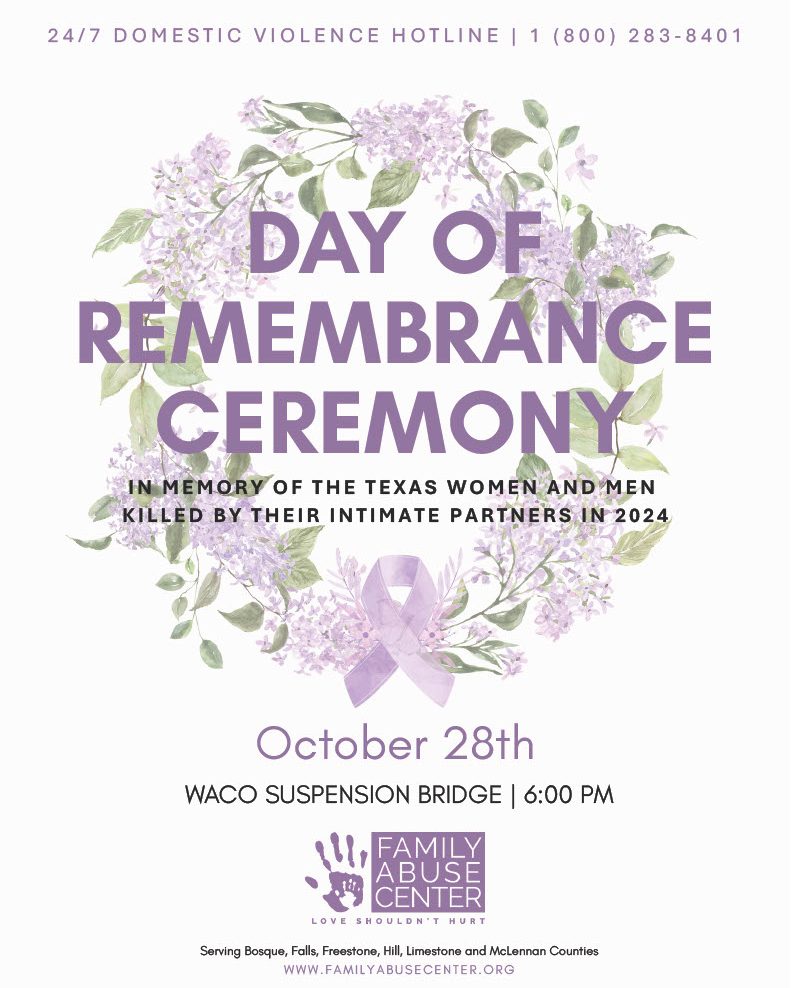

Elizabeth Riley hails from Tennessee and is a graduate of English Literature and Professional Writing & Rhetoric from Baylor University. With passions in archival preservation, communal connection, and women in sports, she writes because it matters, with hopes of bridging villages and fostering revelry amongst them.
Baylor University’s campus looks a little different at the moment. There are fenced-off portions of campus undergoing obvious reconstruction, accompanied by the sights of orange cones and the shouts of crew workers. A major project at the heart of campus that is causing much of this congestion is a huge step towards Baylor’s future.
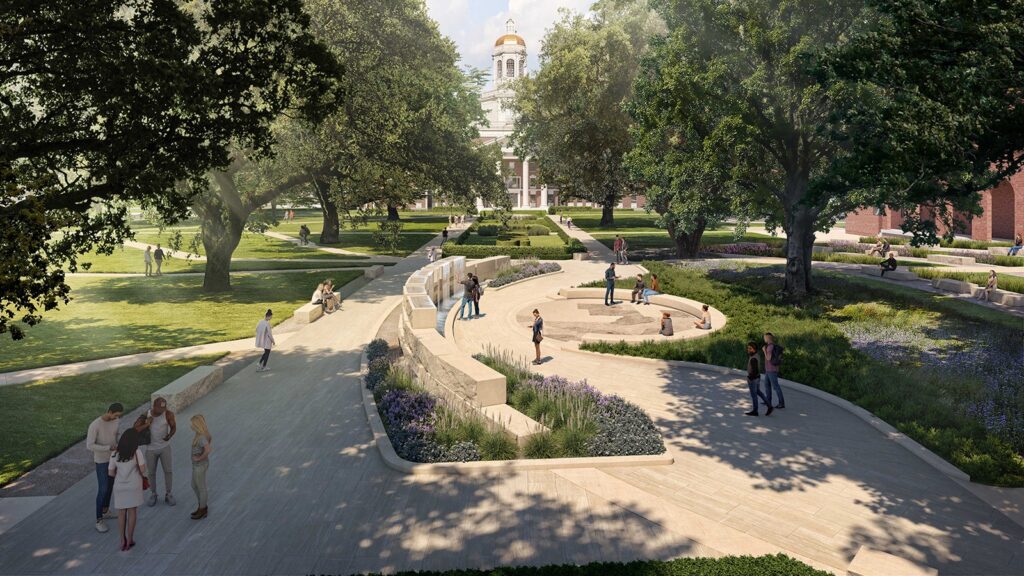
The Memorial to Enslaved Persons is restructuring Founders Mall to acknowledge the immoral use of chattel enslavement during the building of Baylor’s original campus in Independence and the activities of daily life for nearly two decades. On Baylor’s ‘Background & History for a Memorial to Enslaved Persons’ webpage, it states, “It is an acknowledgment of a challenging part of our history while helping us see the need for Christian repentance while we press toward renewal, reconciliation and restoration.” Unfortunately, this isn’t the only accountability Baylor needs to take.

Previously, Baylor University and the City of Waco attempted to reconcile with Indigenous populations that originally inhabited the area. In October of 2020, Baylor authorized research on the history of Baylor’s land and its connections to Indigenous People, and in November of 2022, the University presented a Land Acknowledgement during Native American Heritage Month. In May of 2022, the Baylor Board approved a four-phase plan to address priorities identified by the Commission on Historic Campus Representations:
Phase One is complete, with the new Campus Experience Project.
Phase Two formally began February 20, 2024, with the ceremonial groundbreaking for the Memorial to Enslaved Persons. This phase also includes additional historical context being placed around the existing Judge Baylor statue, connecting his history of enslavement with those individuals recognized by the Memorial.
Phase Three will include enhancements to Speight Avenue that explain how the land upon which Baylor sits evolved and was developed, often at the expense of communities and individuals already occupying the property.
Phase Four will feature improvements along the Quadrangle.

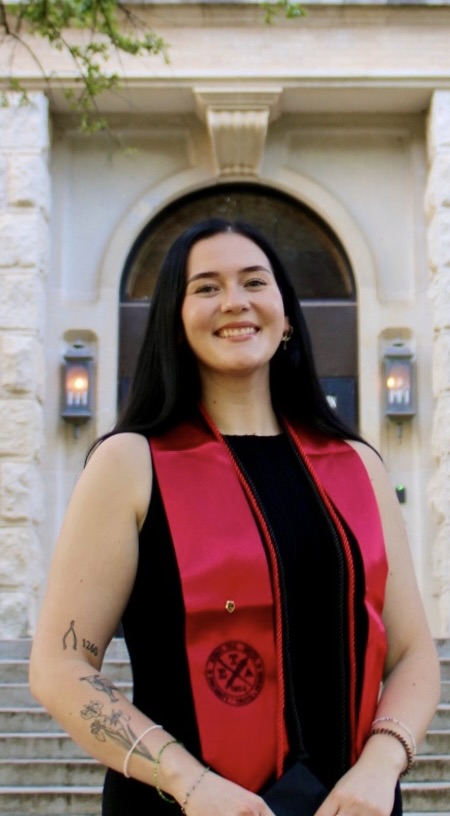
Elizabeth Riley hails from Tennessee and is a graduate of English Literature and Professional Writing & Rhetoric from Baylor University. With passions in archival preservation, communal connection, and women in sports, she writes because it matters, with hopes of bridging villages and fostering revelry amongst them.
If you or someone you know is struggling or in crisis, help is available. Call or text 988 or chat 988lifeline.org to reach the 988 Suicide & Crisis Lifeline.

September is upon us, and our duty this Suicide Awareness Month is to start conversations regarding mental health, spread hope to those in need, and spark meaningful action around one of the most urgent crises of our time. World Suicide Prevention Day is Wednesday, September 10th, but all month long, mental health advocates, prevention organizations, survivors, and allied community members are uniting to promote suicide prevention.
Suicide affects millions of people every year, yet too many struggle in silence. It starts with one conversation: ask someone how they’re doing and be ready to truly listen. No one has to face their battles alone. Whether you’re facing challenges, hoping to support a friend or loved one, or looking to help, your voice matters.

Here in Texas, there are three branches of the American Foundation for Suicide Prevention. AFSP of Central Texas is hosting an Out of the Darkness fundraiser walk in Waco on September 27, 2025. With over 350 participants already joined, this walk at Brazos Park East is the perfect way to participate in the community in a way that matters.
Help exists, and healing is possible. Inform yourself of warning signs for suicide, encourage open conversations about mental health, and connect people to proven treatments and resources.


Elizabeth Riley hails from Tennessee and is a graduate of English Literature and Professional Writing & Rhetoric from Baylor University. With passions in archival preservation, communal connection, and women in sports, she writes because it matters, with hopes of bridging villages and fostering revelry amongst them.
Driven Body Art Tattoos and Piercings
5312 Hawthorne Drive, Waco, TX 76710
Driven Body Art strives for the best customer service, giving every client a unique experience that fits their needs. They have eight different artists with well-rounded, ranging styles, from American Traditional to Realism Portraits. Driven Body Art will even do cover-ups and accept credit cards! By choosing quality over quantity, this studio keeps clients satisfied by informing them about the entire tattoo process, ensuring that they love their life-long art.
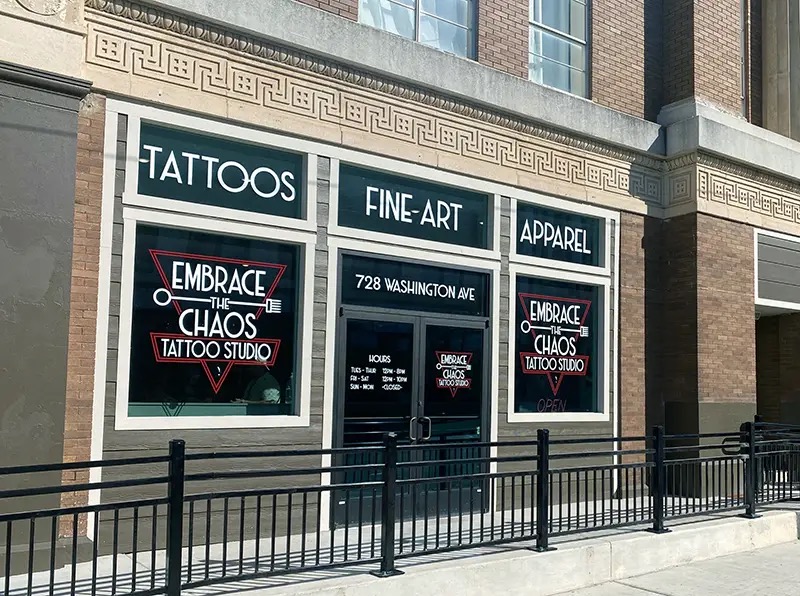
Embrace the Chaos Tattoo Studio
728 Washington Avenue, Waco, TX 76701
With an enormous studio located in the heart of downtown Waco, Embrace the Chaos is a gorgeous place that prides itself on cleanliness and privacy. Opened in late 2018 by Jason Williams, this tattoo studio has grown to five artists. These artists are each equipped with their unique talents, yet their work is exceptional regardless of the piece. They highly encourage booking an appointment in advance, but artists take walk-ins on a limited basis.

Hidden Gems
815 Lake Air Drive Suite 2, Waco, TX 76710
This female-owned tattoo and piercing studio is an aesthetic dreamscape. This kid-friendly space is not only gorgeous, but it prioritizes experience and education for both artists and clients. Hidden Gems offers nineteen piercing options, with consultations available for free. These artists highly recommend a consultation to receive professional advice on placement tailored to your anatomy, especially if bringing children six months or older in for piercings. They are located right next to their sister company, The Med Spa.
Ink Flo Tattoo & Piercing
1000 S New Road Suite 180, Beverly Hills, TX 76711
Established in 2020 by Marco Martinez, this Latinx-owned tattoo and piercing shop specializes in custom artwork and graphic design pieces. Walk-ins are more than welcome. With reasonable prices and accessible hours, Ink Flo is here to tattoo what you want, when you want it.
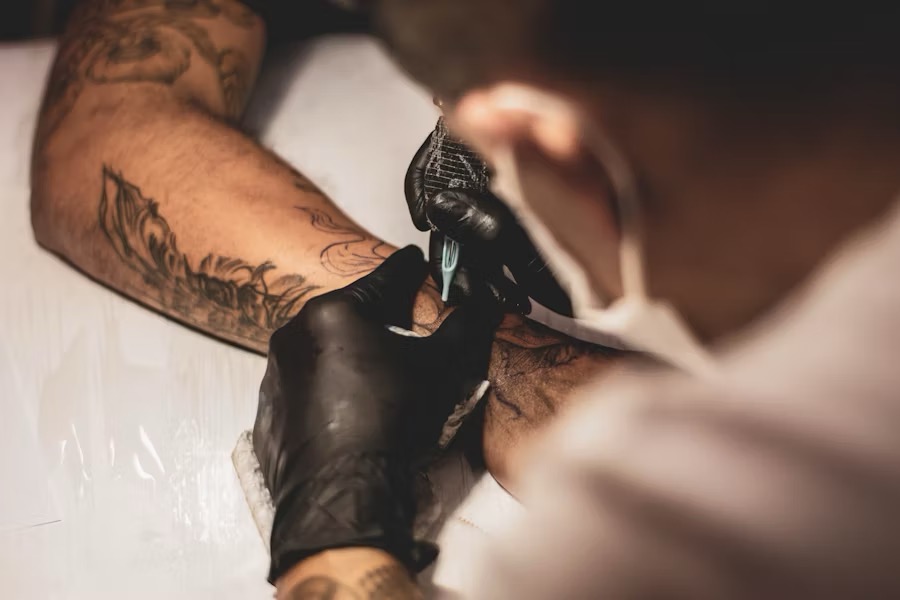
Iris Willoughby’s Private Studio
@iriswilloughby on Instagram
Having opened her own private tattoo studio, Iris Willoughby is in Waco to tattoo all who are interested. As a Medical Humanities student at Baylor, she prioritizes cleanliness and overall well-being of her clients. Her art pieces range from colorful hyper-realism to delicate fine lines. If you’re interested in booking with Iris Willoughby, directly message her Instagram account.

Southpaw Ink
7604 Woodway Drive, Woodway, TX 76712
Based in Woodway, this badass tattoo and piercing shop crafts designs that are true, personal expressions, reflecting your individual story. The friendly staff will ensure that you feel welcomed, informed, and confident in your decision to choose Southpaw. Whether you’re getting poked for the first-time or a seasoned collector, Southpaw offers a variety of art and jewelry to suit your preferences. Here, they believe every tattoo tells a story, and they will work with you to tell the narrative perfectly.
Spellbound Tattoo Collective
(512)-677-5011 | [email protected]
2601 Franklin Avenue Suite E, Waco, TX 76710
This tattoo studio has been around Waco for a while, but it recently went through some downsizing. The owner of the private studio, Ali Fidler, is still taking clients and producing large and small-scale pieces. However, most of Spellbound’s work is primarily by appointment. If you’re interested in Fidler’s availability, reach out via email or phone!
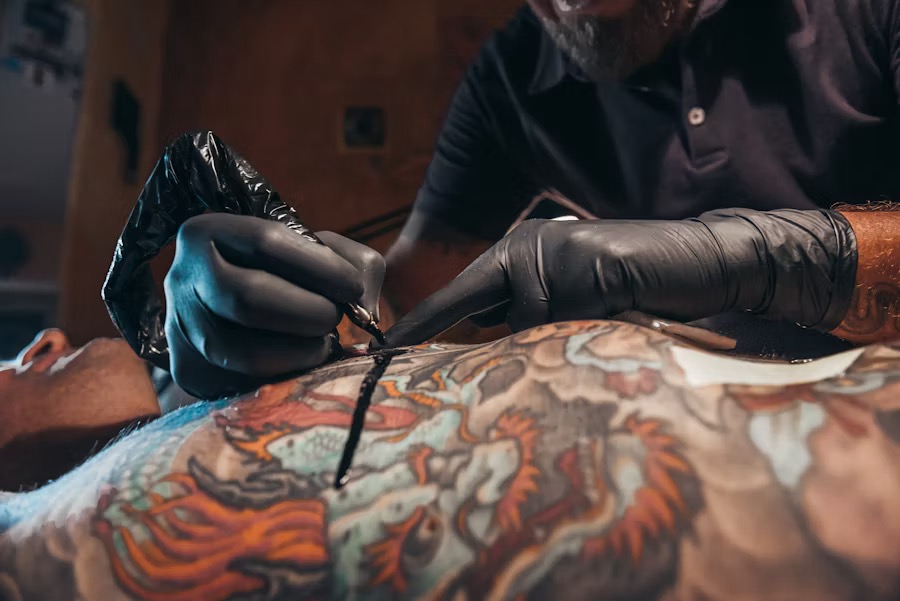
Taylor Jackson’s Private Studio
825 Elm Avenue, Waco, TX 76704
Taylor Jackson has been a piercer for six years, and he has his own private tattoo studio in downtown Waco. While specializing in black line work, he also crafts gorgeous color designs fitting for anyone. You can either directly message @taterfromtexas on Instagram or email [email protected] to book for tattoos and piercings.
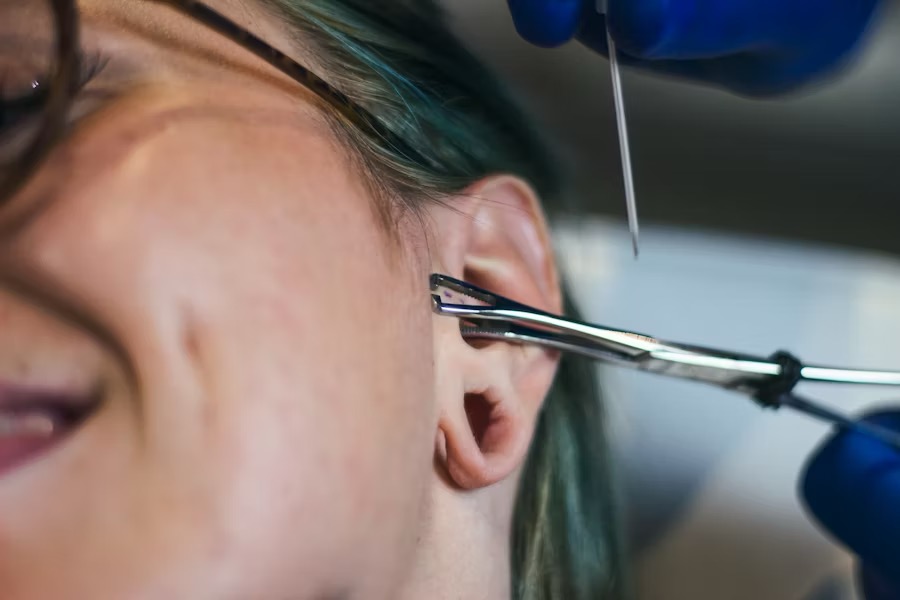
Viridian Rose Tattoo Studio
2100 Washington Avenue, Waco, TX 76701
This new, uptown Waco tattoo studio is the most precious place for delicate tattoos. The artist and owner, Allie Menchaca Tedlock, has perfected her craft, giving clients permanent pieces they are more than pleased with. Her smooth lines and simple aesthetics match the vibe for anyone walking into her space. For booking, visit their website or find @tattoosbyalliemenchaca on Instagram.

Elizabeth Riley hails from Tennessee and is a graduate of English Literature and Professional Writing & Rhetoric from Baylor University. With passions in archival preservation, communal connection, and women in sports, she writes because it matters, with hopes of bridging villages and fostering revelry amongst them.
We turn our calendars to August, the school year starts, and college football kicks off!

Local Wacoans should prepare for thousands of Baylor University students making their way back into town the week of August 18th, with classes starting on Monday, August 25th. It’ll be a quick turnaround for the Bears, with the first football game of the season taking place that Friday!
Baylor’s football team will be facing Auburn University for the start of the 2025-2026 season. The last matchup between these teams was in September of 1976, in which Baylor came out on top by one point. We hope head coach Dave Aranda and the Bears can put a bigger spread against the Auburn Tigers!
Under McLane Stadium’s lights on a Friday night, the Bears will be ‘blacking out’ McLane Stadium to celebrate their first week back and the start of a new season. Baylor’s football team is expected to have a substantial season this year, but promises have been made before. It’s widely understood that Baylor fans are expecting nothing less than a Big 12 Championship from Coach Aranda and the Bears.

Aside from this rare matchup against an SEC opponent, the Bears have a stacked schedule with seven home games on the docket. Schools like Samford, Arizona State, Kansas State, UCF, Utah, and Houston will be making their way to Waco throughout the season.
Students and alumni are looking forward to the Halloween Homecoming matchup against the University of Central Florida, which is a new addition to the Big 12 conference. On Saturday, November 1, 2025, expect hordes of hungover college kids dressed in their costumes from the night before, cheering on the Bears as they take on a new rival.

Elizabeth Riley hails from Tennessee and is a graduate of English Literature and Professional Writing & Rhetoric from Baylor University. With passions in archival preservation, communal connection, and women in sports, she writes because it matters, with hopes of bridging villages and fostering revelry amongst them.
A common misconception about Waco is that there’s nothing to do here.
If that is coming from a transplant, by means of work, school, or life, they are just wrong. If that is coming from a native or naturalized Wacoan–what I call someone who has been in the area a while–it could seem that way, especially if you’ve gotten familiar with what is already here and established a presence in the community.
However, Waco has been growing beyond proportions in recent years, which all living here can agree on due to the amount of traffic and the number of orange cones.
With the growth of our city and surrounding areas, the blossoming communities, and the booming industries, there are tons of new (or soon-to-be) establishments in Waco for natives, transplants, and visitors to check out.
Digi Golf Club
1412 N Valley Mills Dr, Suite 108, Waco, TX 76710
This indoor golf simulator is the first of its kind in Waco. Revolutionizing golf in Central Texas, Digi Golf Club allows players to enjoy a full 18 holes from iconic greens across the world. Bucket list destinations are brought right to Waco. Bring your clubs, hit some balls, and enjoy the always-perfect weather at Digi Gold Club. Not to mention, it is open 24/7! Bring your friends and stop by Digi Golf, located right off Valley Mills, at any time.
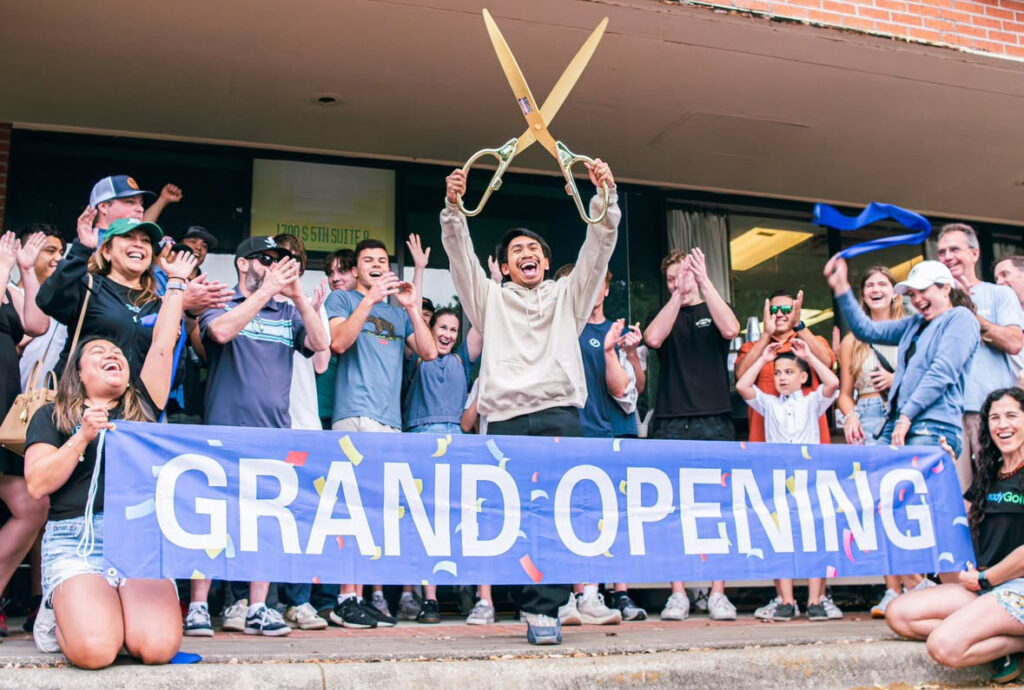
ReadyGolf
1700 S 5th St, Suite B, Waco, TX 76706
What started as a class project at Baylor University has turned into an accessible, fun, and future-focused business that is centered around a passion for golf. Whether it’s your first time holding a club or you’re wanting to perfect your swing, ReadyGolf is bringing weatherproof, pressure-free play to our city. Need a break from the simulator? Sit back in their comfortable lounge chairs, where you can catch the Baylor game, stream your favorite show, or just kick it with friends.
Hammer & Stain–New Location
1225 Richland Dr, Suite 3, Waco, TX 76710
This DIY workshop is a wood and paint studio where people of all skill levels can make custom home decorations. All tools, materials, and instructors are provided, so bring your creativity and get painting! A new location has been opened on Richland Drive. Hammer & Stain is the perfect space for craft parties and family bonding.

Dog Haus Biergarten–Opening July 31, 2025
215 S University Parks Dr, Suite 102, Waco, TX 76706
Signature beef dogs, handcrafted sausages, and grilled burgers all served on toasted King’s Hawaiian rolls. With creative culinary combinations to top each item on the menu, there is plenty to explore. From sliders to bad-ass breakfast burritos, Dog Haus has garnered national attention for their wide array of quality eats.
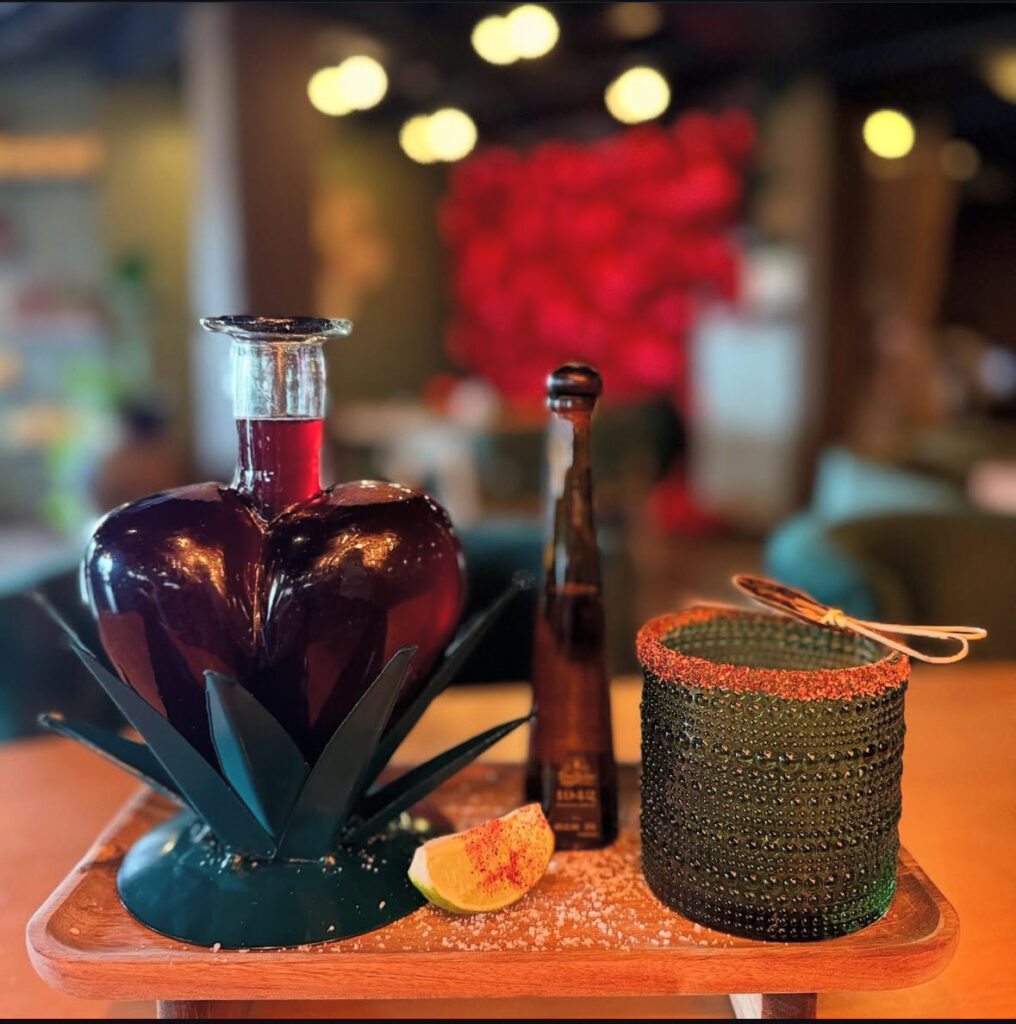
Sagrado Cocina and Bar
215 S University Parks Dr, Suite 107, Waco, TX 76701
With traditional Mexican flavors and modern vibes, Sagrado Cocina and Bar is the dining destination of your dreams. Hot salsas, craft cocktails, and melt-in-your-mouth meals will have you coming back to this bold environment again. The picturesque interior is highly styled, and the culinary concoctions match the energy. Having just opened this spring, Sagrado is still climbing in notoriety around Waco. Dine with them to find out for yourself!
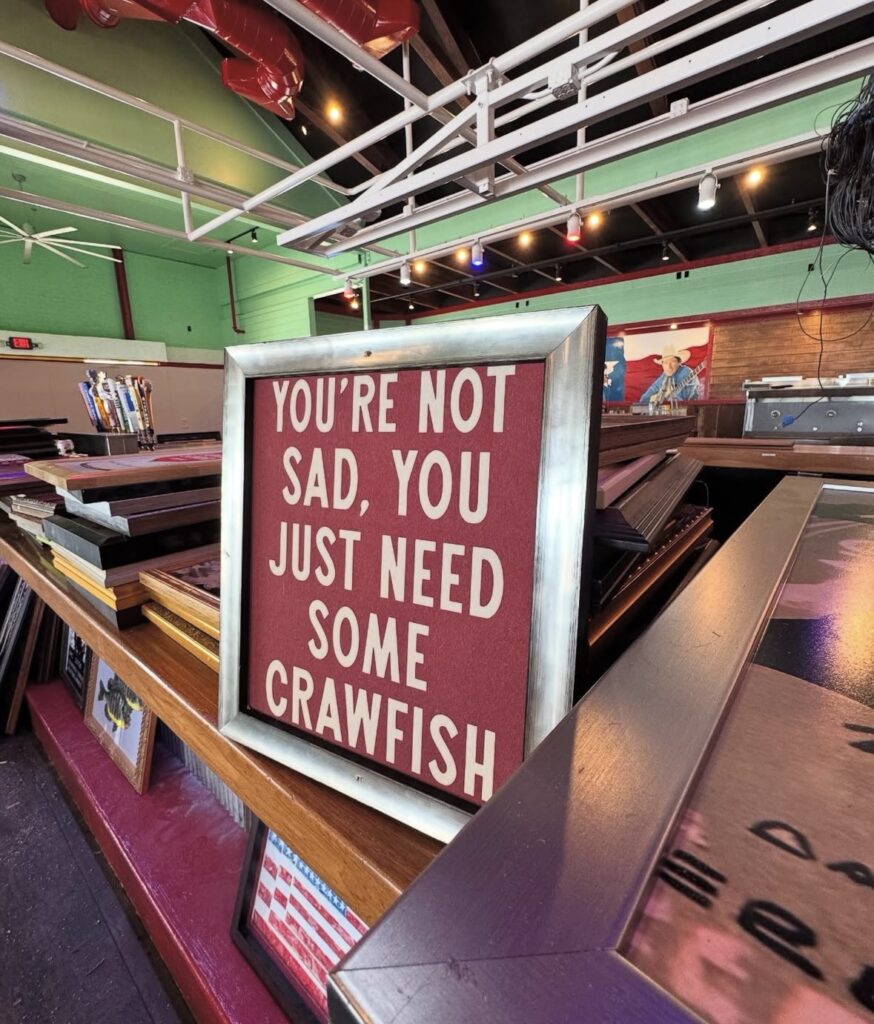
Tia Juanita’s Fish Camp–Opening Late July
4671 S Jack Kultgen Expressway, Waco, TX 76705
This Southeast Texas restaurant chain provides a taste of Mexican food spiced with Cajun cuisine. Tia Juanita’s has found a match made in heaven. Try some Grilled Boudin Quesadillas or Blackened Gator Tacos. Perhaps you’d prefer the oyster bar. Anyway, you will be going home stuffed and satisfied! Tia Juanita’s Fish Camp will be coming to Waco very soon, so keep your eye out for the ‘Mexi-Cajun’ creations they are bringing to town.
Tru Jamaica–New Brick and Mortar
937 Taylor St, Waco, TX 76704
After losing their building in East Waco to a fire, Tru Jamaica is reopening its doors. This colorful, easygoing Jamaican eatery serves up delicious oxtail, jerk chicken, and a multitude of curry entrees. Try the flavorful, flaky patties with beef, chicken, or vegetables. With unique Jamaican drinks available as well, you do not want to miss this cuisine.
This is the first installment of “New Things for Old Wacoans To Do.” If you know of a restaurant/business opening up, or one that recently has, send the information to [email protected].
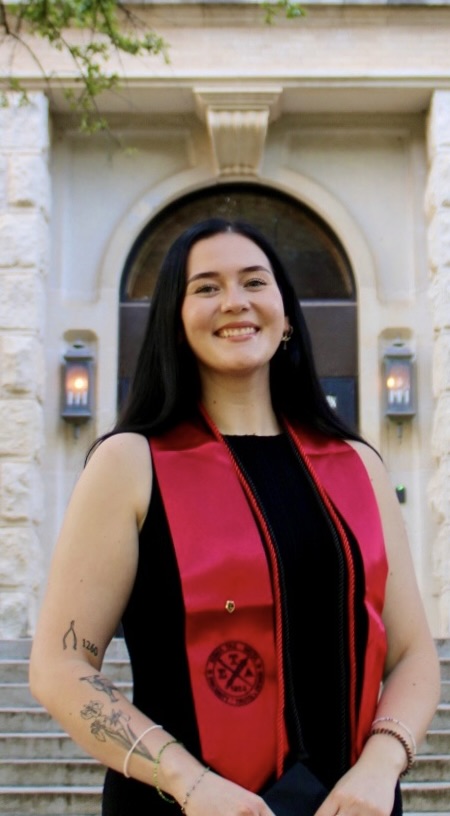
Elizabeth Riley hails from Tennessee and is a graduate of English Literature and Professional Writing & Rhetoric from Baylor University. With passions in archival preservation, communal connection, and women in sports, she writes because it matters, with hopes of bridging villages and fostering revelry amongst them.
Alpha Omega Grill & Bakery
929 Franklin Ave, Waco, TX 76701
Built out of an old transmission shop in historic downtown Waco, Alpha Omega Grill & Bakery is a fantastic Mediterranean joint serving gyro sandwiches, fresh pita, and mezze platters. There is much on this menu to obsess over, and a second location was opened in Hewitt for locals who couldn’t get enough. Alpha Omega offers gluten free, dairy free, and vegan options.

Around the World Bakery
119 N 12th St, Waco, TX 76701
This bakery and coffee shop is bringing internationally inspired desserts directly to downtown Waco. Owned by Hillsboro native, Adilene Camarena, this shop was inspired by the owner’s travels around the world and her own passions in culinary arts. With gluten free options, this bakery takes you around the world from your neighborhood.
Harvest on 25th
112 N 25th St, Waco, TX 76710
This locally owned farm to table restaurant in Waco serves breakfast and lunch everyday from 8 am to 3 pm. With vegan options, gluten free possibilities, and recipes that push the boundaries of standard food, Harvest has something to easily satisfy everyone. With picnic style tables, flowers at every turn, and laughter echoing through the space, Harvest is the place to be with some beautiful community.
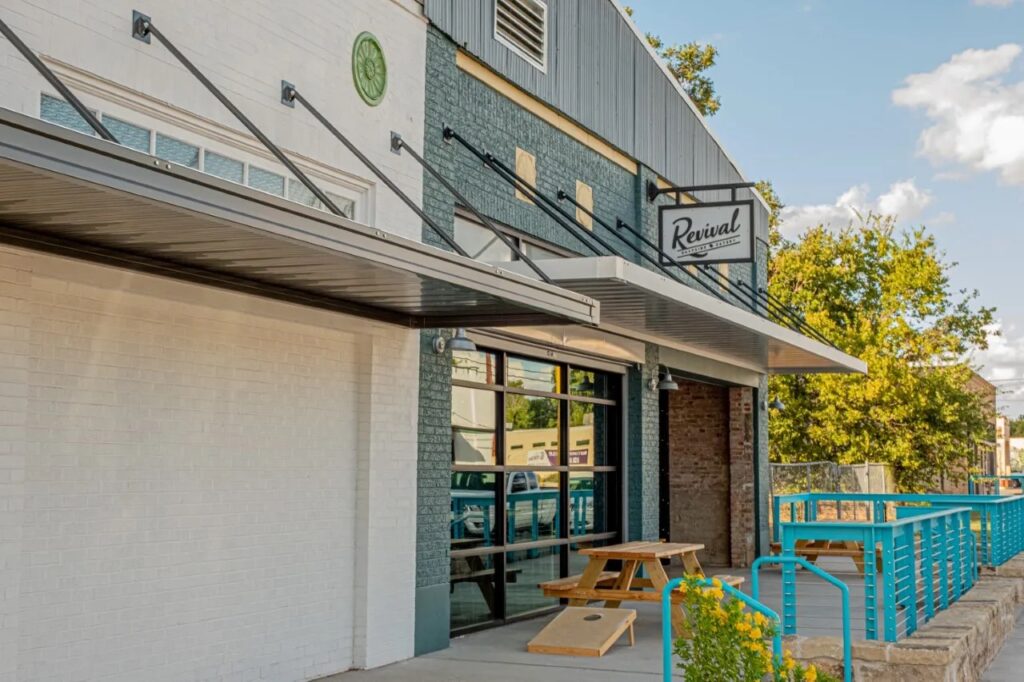
Revival Eastside Eatery
704 Elm Ave, Waco, TX 76704
In the heart of historic East Waco, this female owned business serves up delicious salads, sandwiches, and burgers. With a list of craft beers and wine to sip on, Revival has everything you could possibly be craving! Try their iconic sweet potato fries or tomato soup, which are bursting with flavor in every bite.
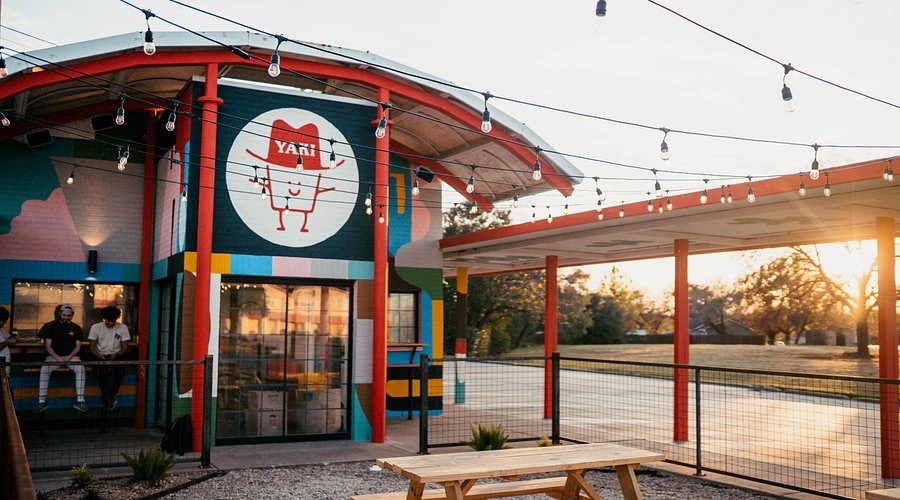
YAKI Texas Teriyaki
1307 S Valley Mills Dr, Waco, TX 76711
Keeping it simple so that more can enjoy it, YAKI Texas Teriyaki is gluten, dairy, and nut free. This drive-in on Valley Mills serves BBQ rice boxes to-go. Spice up your favorite dish with specialty house sauces, also known as “soss.” Rice, protein, soss, and slaw–a complete meal in a box! Fun foods, crazy colors, and mindful meals makes YAKI one of the best.
While these facilities have gluten free options on the menu, it is important to consider cross contamination in all cases. Please double check with each eatery to confirm their gluten-free dedication. Some items from these places are not safe for those with celiac disease.
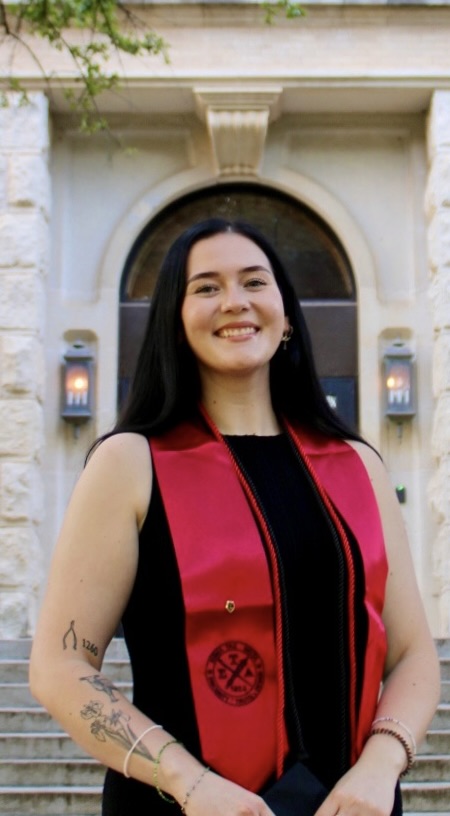
Elizabeth Riley hails from Tennessee and is a graduate of English Literature and Professional Writing & Rhetoric from Baylor University. With passions in archival preservation, communal connection, and women in sports, she writes because it matters, with hopes of bridging villages and fostering revelry amongst them.

WACO, Texas – RESCHEDULED – Brazos Nights returns this summer with a season of free concerts along the Brazos River, offering live music, local food trucks and family-friendly activities.The popular concert series begins Friday, April 25th, at Indian Spring Park, just off University Parks Drive. This year’s opening act is Bowling for Soup, a Texas-based band known for hits such as “1985,” “Girl All the Bad Guys Want” and “High School Never Ends.”Concertgoers can enjoy the riverfront amphitheater’s scenic views while sampling local cuisine and participating in community events. Additional performances are scheduled throughout the summer, including a special Independence Day celebration on July 4 at McLane Stadium.For a full schedule of events, performers and vendor details, visit the official Brazos Nights website.
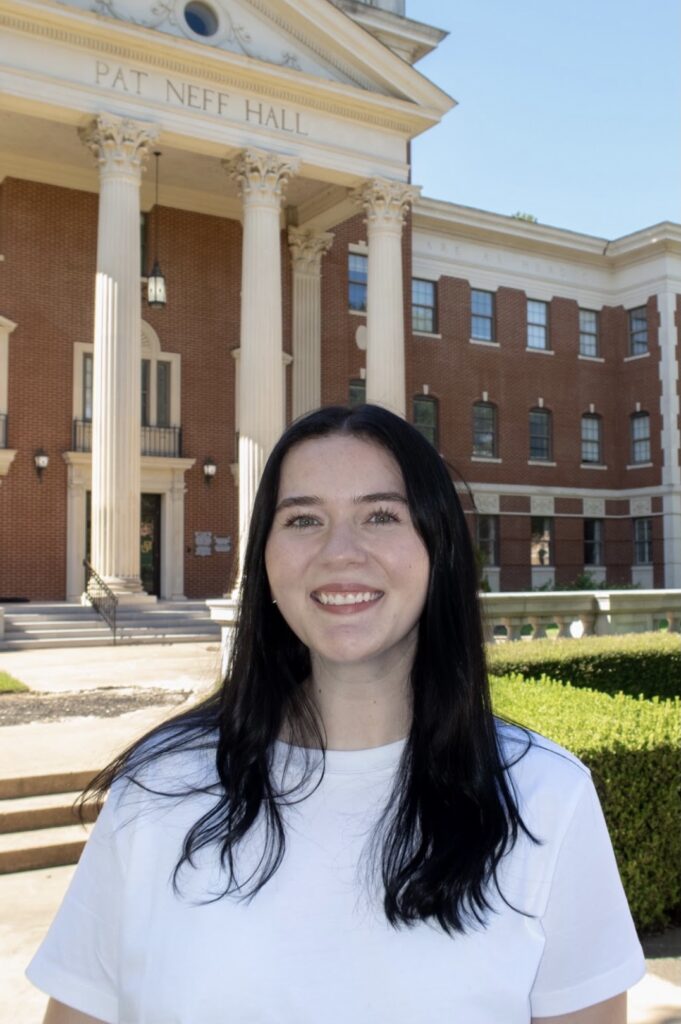
Elizabeth Riley hails from Tennessee and is a senior double majoring in English and Professional Writing & Rhetoric at Baylor University. She works as a Transcription Assistant at the Baylor University Institute for Oral History and is President of the Baylor Ice Girls for the 2024-2025 season.
If you are searching for the perfect holiday activities to entertain family and friends, look no further. This is a comprehensive list of available shows and events catering to the holiday season, the spread of Christmas joy, and the interests of all in our community.
Waco Wonderland will be hosted December 6th through the 8th in downtown Waco. This three-day day celebration, brought about by the City of Waco, the Downtown Public Improvement District, City Center Waco, and other sponsors, kicks off the holiday fun and cheer.
With a tree lighting, a firework show, a snow tube slide, a ferris wheel, and visits with Santa, this community-wide spectacle is a fantastic attraction for all ages. Be sure not to miss the Christmas Parade and Grouchy Santa Experience happening on Saturday night!
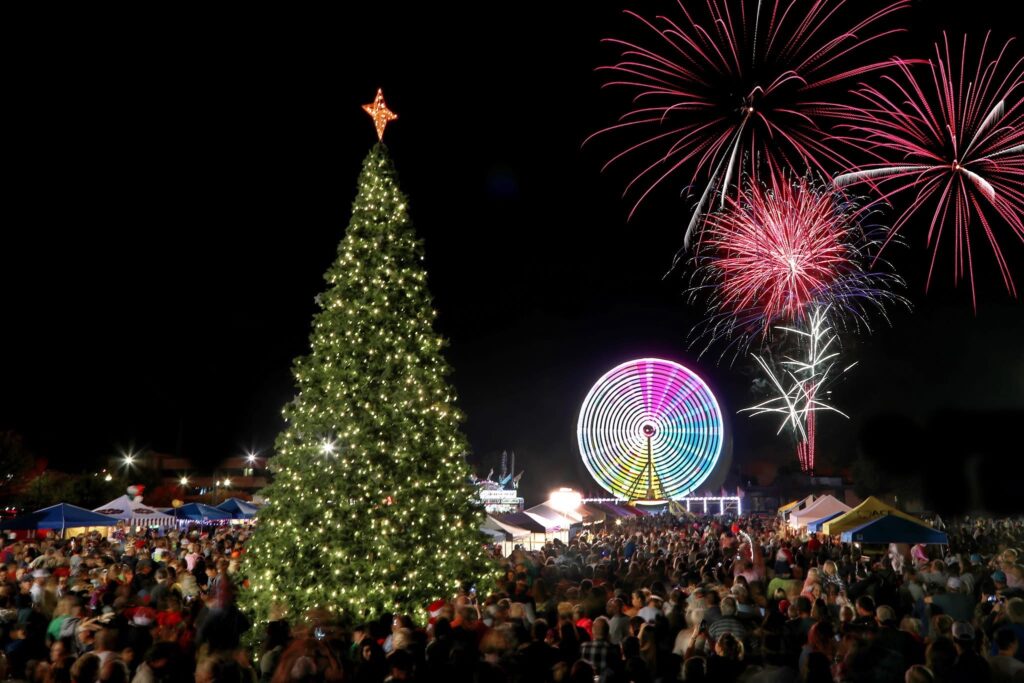
Cha Community x Designs with Jamie are overseeing the BIPOC Holiday Market on December 7th from 11 a.m. to 3 p.m. This market will feature 15+ Black, Indigenous, People of Color (BIPOC) small businesses, handmade vendors, and local artists. Cha Community is also providing a Buy One, Get One (BOGO) sale on boba drinks with the event, so sip and shop with the community at 1001 Franklin Avenue!

Waco Civic Theater is performing It’s a Wonderful Life: The Musical throughout the start of December. With shows from the 5th to the 8th, the 12th through 15th with varying start times, there are plenty of opportunities to see this classic Christmas narrative performed through song! Later in the month, join the Civic Theater for the Royce Montgomery Rat Pack Christmas and Rudolph: The Red-Nosed Reindeer. Show dates, times, and tickets are available on their website.

Waco Symphony Orchestra will be performing The Nutcracker, a treasured holiday tradition, on Saturday, December 14th at 7 p.m. and Sunday, December 15th at 2 p.m. These shows will take place at the beautiful Waco Hall on Baylor University’s campus. After the Sunday matinee, meet and take photos with the Sugar Plum Fairy and Cavalier Prince in Roxy Grove Hall.

The Waco Trolley Christmas Lights Tour is a ninety minute tour of the greater Waco area, displaying the greatest Christmas light assortments in our community. This particular tour will be hosted from November 29th through December 28th, with plenty of opportunities to snag tickets to this cherished event! The Trolley Tour takes the stress out of finding the best light displays, navigating through the slow vehicles, and crafting the delicious hot cocoa.

Cameron Park Zoo is inviting you to Wild Lights! This event will take place from November 29th through December 31st, from 6 p.m. to 9 p.m. each night. Experience the Cameron Park Zoo from a different light, with Christmas spirit floating through the park.

The Mayborn Museum will be recreating the holiday season in the historic village, with Christmas Lights in the Village starting on December 13th through the 15th. They will have a second opportunity to attend from the 20th through the 22nd. The Christmas Village will occur from 6 p.m. to 8:30 p.m each night, with creative storytelling and the beloved Christmas Train.
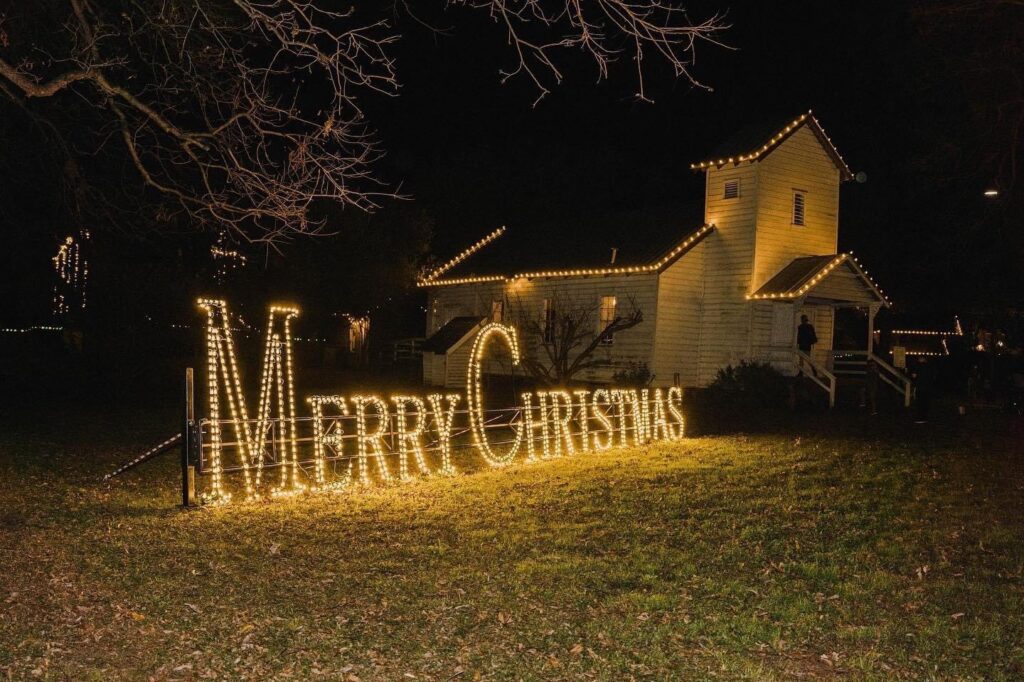
Lights dancing atop the entrance of the Hippodrome guided my path to the Cultivate 7Twelve storefront swarmed with chatting, huddled groups. Smiling faces waved me through the threshold into a stunning scene of artisanal colors, textures, and compositions. The Cultivate 7Twelve gallery features artwork that is rotated monthly to showcase the talent of many local artists.
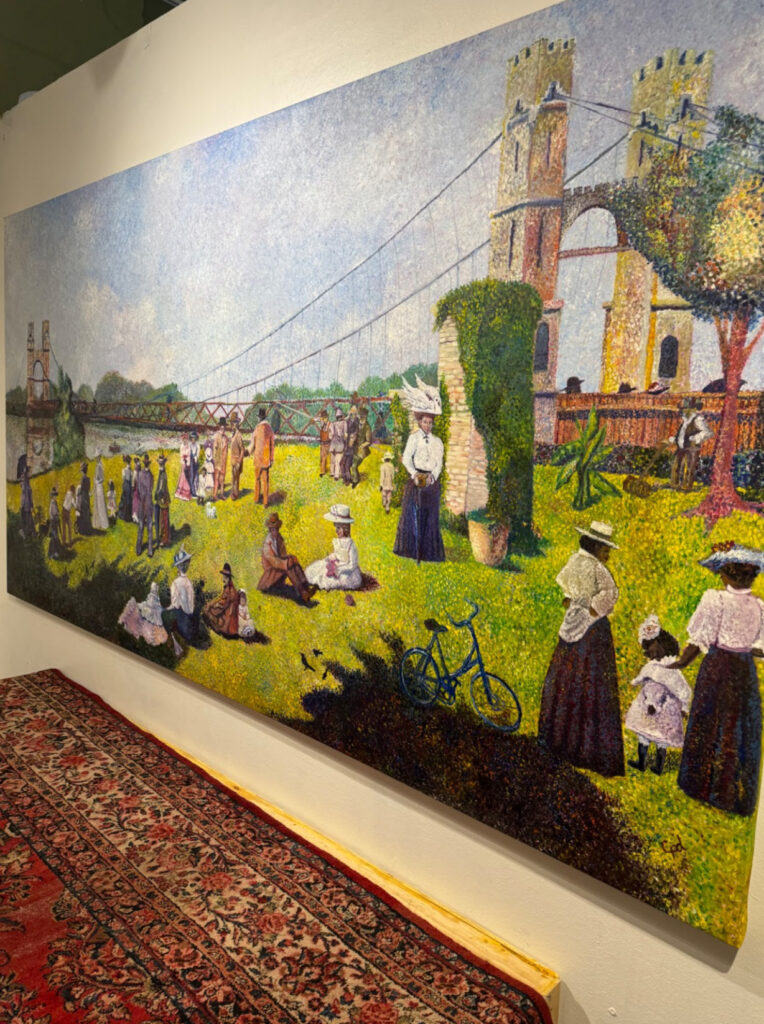
The gallery also provides a retail space for artists to sell items such as stickers, pins, hair clips, and other stationary accessories. These images caught my attention first, begging me to read each hilarious tagline and design. I thought of friends and family who would absolutely adore these pieces, noting to shop here when the holiday season arrives. Alongside the stickers and journals, there are second hand clothing racks, various jewelry designs, and stacks of art prints.
The artwork on display for the celebration of 175 years highlighted some of the most illustrious, memorable landmarks in Waco. There were Lego recreations of the ALICO Building and Suspension Bridge, paintings of popular features throughout the area, and live music to accompany it all.
As I traveled around to each piece, feasting on my cheese, crackers, and wine, my breath was snatched by a depiction of the eclipse over Waco in April of this year. The large, black canvas held the sun’s corona dancing through glitter and golden specs of the darkened universe. It was gorgeous.

I was floored by the talent featured throughout the gallery, failing to wipe the smile from my face at every frame . Local artists undeniably know how to capture the radiant beauty of Waco. If interested in purchasing artwork from Cultivate 7Twelve, visit the location at 712 Austin Avenue, Waco, TX 76701.
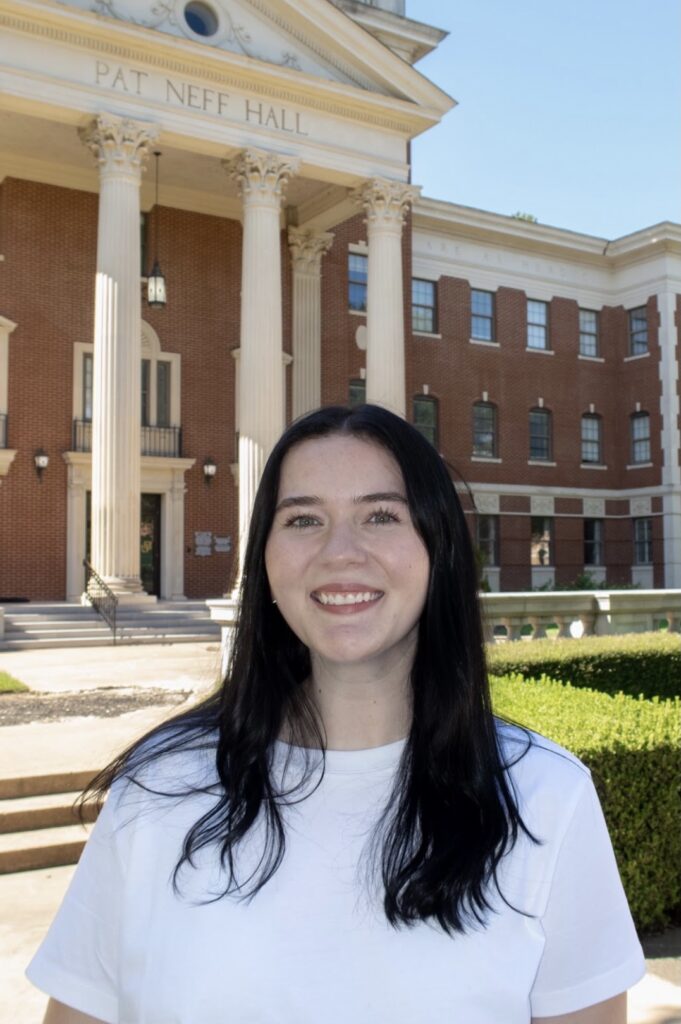
Elizabeth Riley hails from Tennessee and is a senior double majoring in English and Professional Writing & Rhetoric at Baylor University. She works as a Transcription Assistant at the Baylor University Institute for Oral History and is President of the Baylor Ice Girls for the 2024-2025 season.
